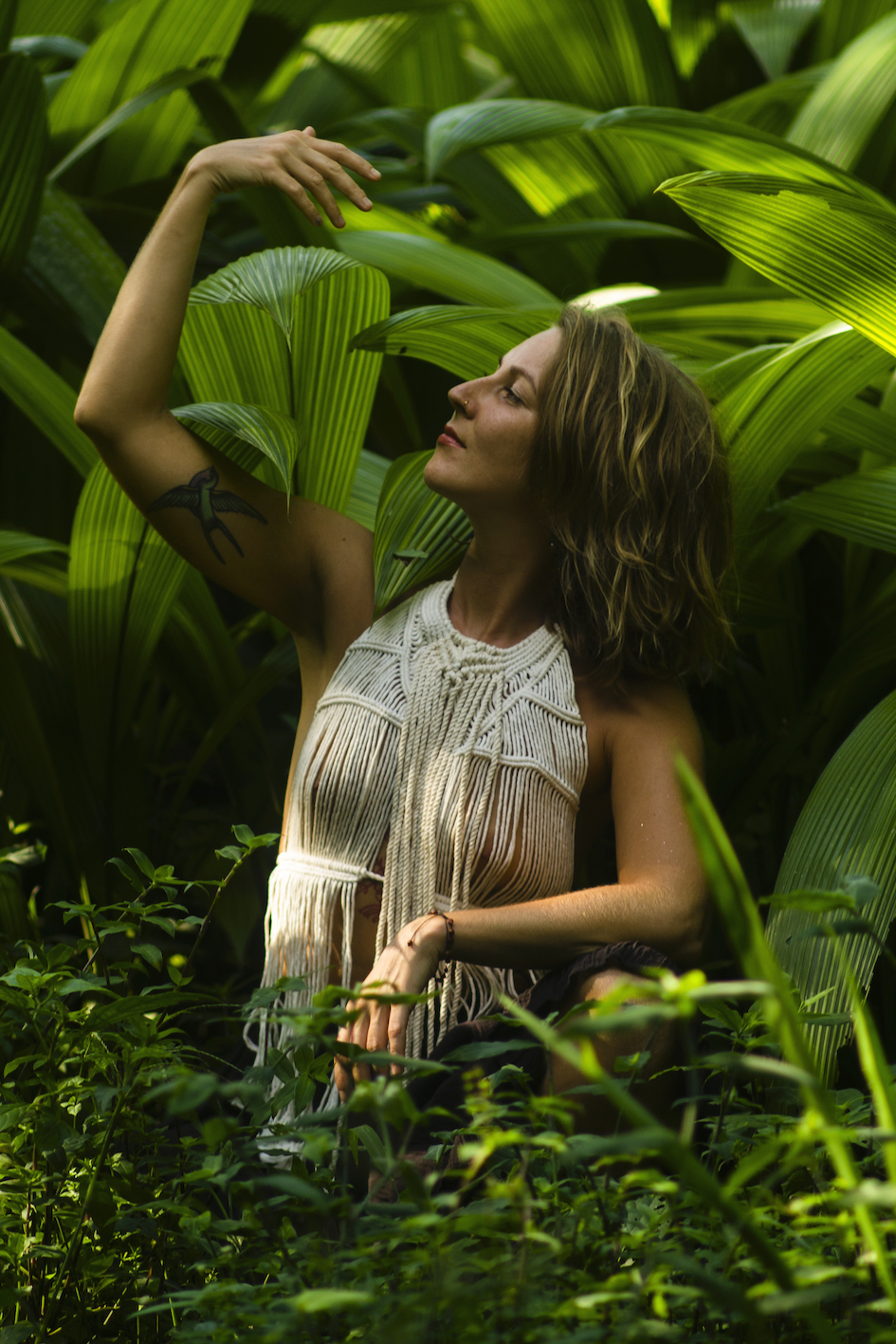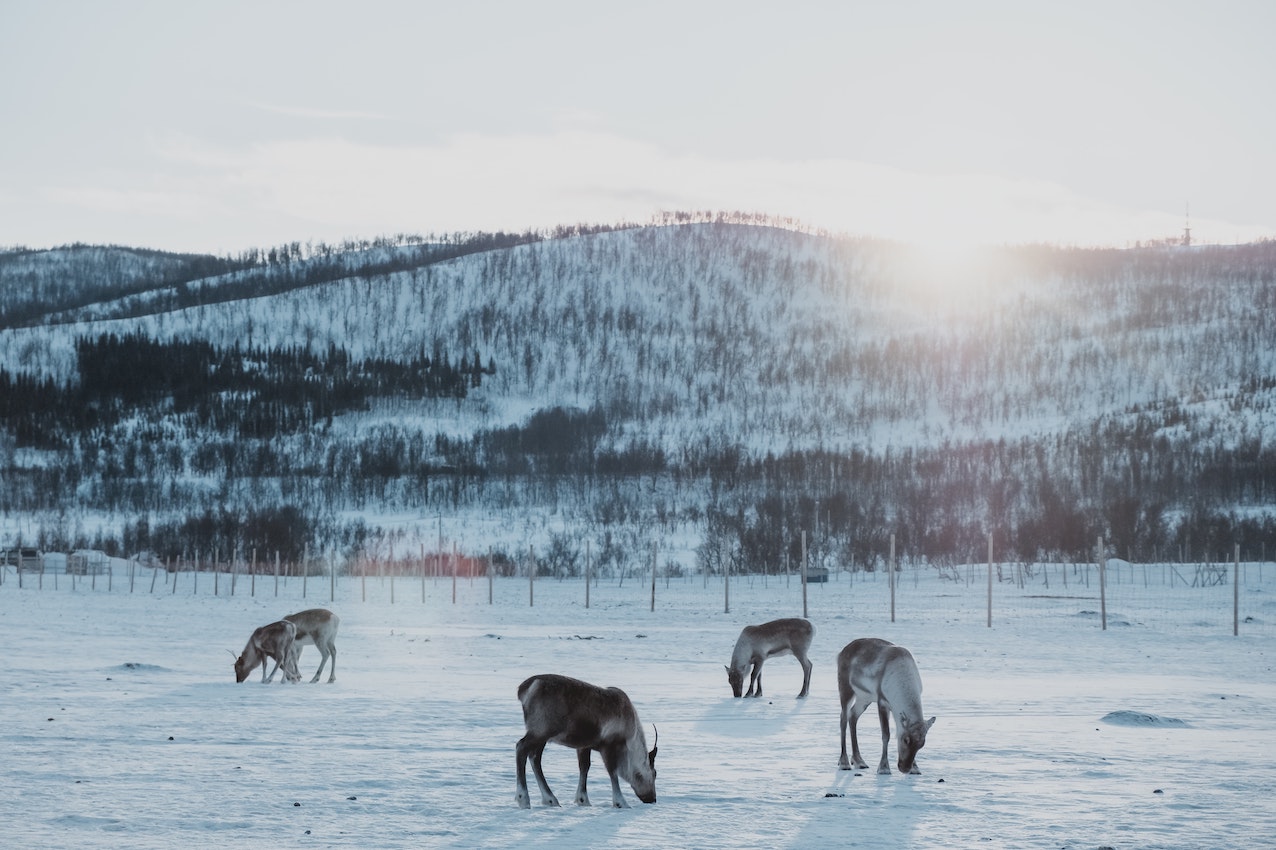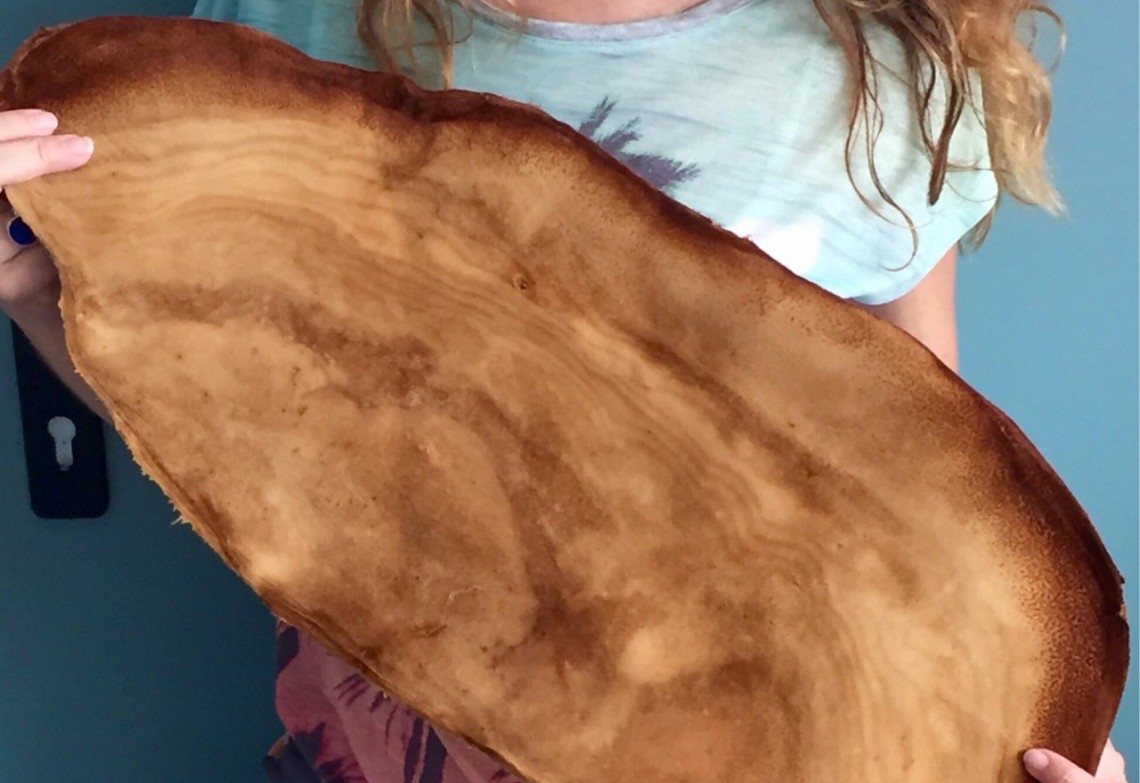Vegan fashion vs. sustainable fashion - Is vegan fashion sustainable?
Many people think that by buying vegan fashion they are contributing to sustainability. While most vegan brands are sustainable in their overall production process, sustainable fashion as a whole must be defined separately. Vegan fashion is not always sustainable and vice versa.
What is vegan fashion?
The definition of vegan fashion is that it is 100% animal cruelty-free, and is not using any animal based fibres such as fur, leather, wool, or silk. The decision of many to lead an animal-friendly lifestyle is in direct response to the unnecessary suffering and destruction caused by animal agriculture alone. Vegan fashion is not only impacting animal welfare but is contributing to the negative impact of the ecological burden too.
Whether you adopt vegan fashion for the love of animals or to reduce your environmental impact, it is a lifestyle and a philosophy that transcends into all aspects of life - fashion being just one part of a bigger picture. Besides fashion choices veganism reaches out to animal-free beauty, food and any other consumption choices.
Is vegan fashion equal sustainable and eco-friendly?
It's critical to assume that vegan is always ethical, sustainable, or eco-friendly. They don't mean the same thing. Producing vegan fashion can be just as harmful to the natural environment as traditional fashion, and therefore can not be ethical. For example PVC is vegan, but it is a toxic material that impacts the environment and fuels global warming as 43% of PVC comes from petroleum feedback. Also, rayon and polyester have largely replaced silk as a 'cruelty-free' alternative, but rayon production is so toxic that it can no longer occur for example in some countries.
Some of the vegan alternatives that are proclaiming to be ethical and sustainable have some side-effects that are definitely not good for the environment and the wild animals that live there. Another critic to the vegan alternatives is that some of the vegan fashion items are not necessarily as durable as their counterparts to the same standard of long lasting quality. A short life span of a product is raising yet more questions about what defines ‘true sustainability’.


Sustainability in fashion
Sustainable fashion focuses on reducing the environmental impact of clothing by producing fibres that have either been recycled or are biodegradable creating the smallest carbon footprint possible. The most sustainable fabric is the one that has been used before, even if it is synthetic.
How are vegan values supporting indigenous tribes?
There has been a lot of debate on sustainability in fashion lately. I have dived deeper into the topic on my blog “All about sustainable fashion” where I talk more about slow fashion, the consumer and producer responsibility in choice making, and a little bit about sustaining a healthy body image in fashion. However, I did not introduce another aspect that is also important to acknowledge. That being said, the big question is - are Western vegan values sustainable on the many indigenous cultures that rely on the production of animal-sourced fabrics and materials to sustain their lives? Should the Nomadic Sami tribe in Scandinavia stop hunting reindeer and start making polyester-fill coats to get their living? Should Chinese families stop making silk and start working in rayon factories? For that matter, should African shoemakers stop using leather from local springbok, nile perch, and overpopulated Kudu? If they stop hunting these animals, what will they eat? Will the vegan community send them care packages of vitamin B fortified porridge and cookbooks that incorporate locally foraged veggies?
Sustainable vegan alternatives in fashion
Sustainable brands often obtain their non-vegan materials from 'welfare-certified' sources. This is commonly mistaken to mean ethical or cruelty-free but sadly, it’s neither. Most people imagine for example wool to be sourced from happy sheep dotted around a lush open field, underneath the picturesque mountains. In reality, most sheep raised for wool are subjected to shockingly cruel treatments, similar to the raising of minks and foxes on fur farms.
A sustainable vegan option for wool is "wool" made out of plastic bottles. Wool and the Gang has launched a new range of environmentally-friendly yarn called New Wave, made from recycled plastic bottles. To turn plastic into yarn, the bottles are first collected, sorted and cleaned, then cut into pieces and finally melted down into liquid plastic. The material is then being squeezed into shape and spun to create a flossy fibre that’s woven into a knittable yarn. It is highly durable and good to knit.
There is also other environmentally friendly and sustainable vegan options for leather such as cork leather, pineapple leaf leather, apple tree waste leather and mushroom leather. Cork oak tree is being harvested only in every 9 years, and the material is extremely durable and water repellant. Pineapple leaf leather (Pinatex) and apple tree waste leather (FRUMAT) are both made from the waste products during harvesting these fruits, and they would otherwise go to waste. Mushrooms (Muskin) are easy and sustainable to grow and process, and they are treated without using polluting substances. It is similar to suede to the touch; it has a soft to cork-like texture. This vegetable leather is also a thermal insulator that absorbs damp and releases it immediately, thus limiting bacterial proliferation. It is transpiring, water-repellent and non-toxic. Basically, it can be used to manufacture all the products that come into contact with the skin, because it doesn’t trigger allergic reactions.


